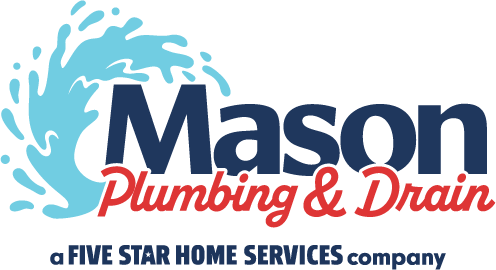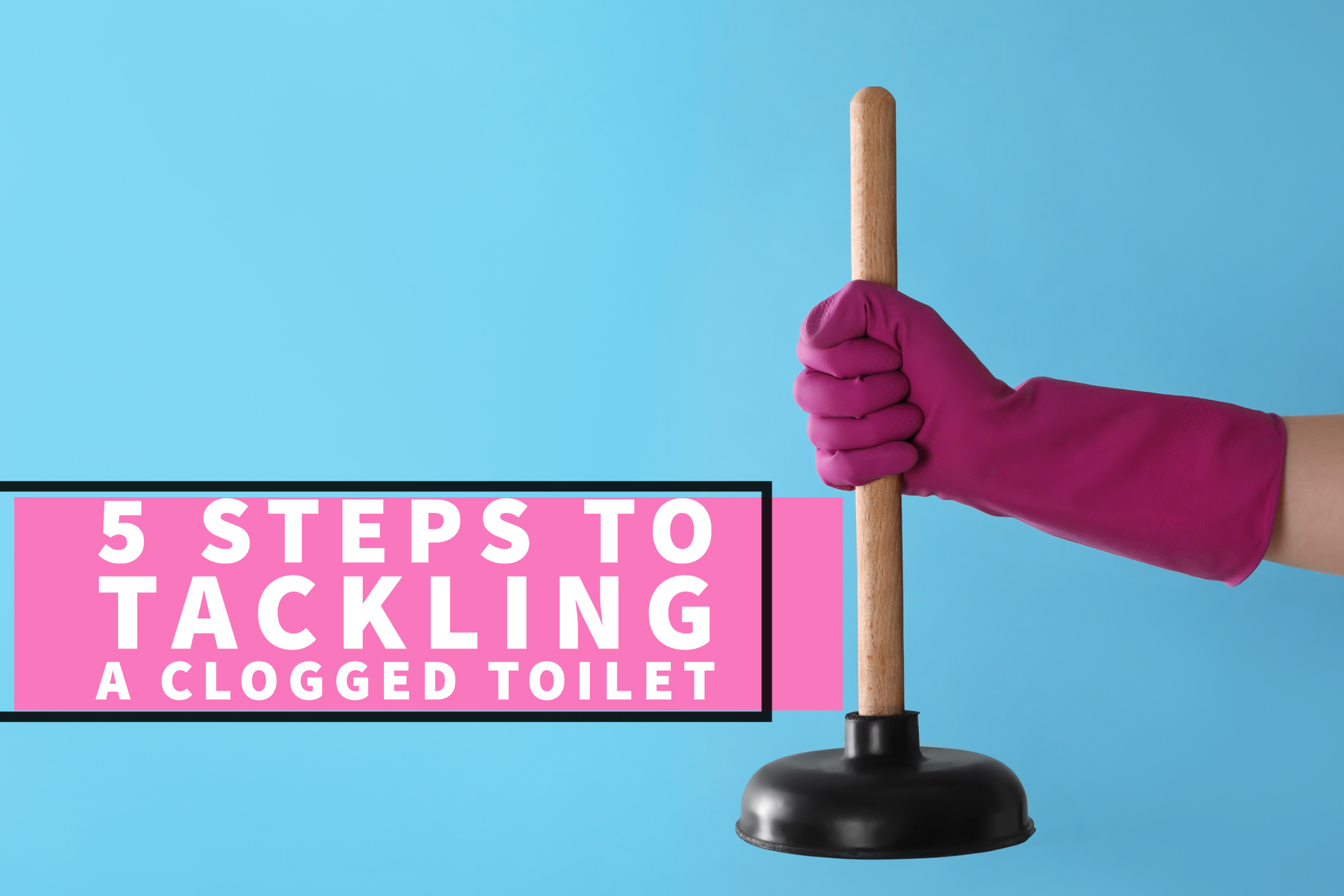Have you ever experienced a situation where the water in your toilet bowl keeps rising even after you flush it? It can be quite frustrating and alarming. You may have several questions running through your head in the chaos of the moment. Like, “What should I do?” or “How do I stop this?” The fact of the matter is, if you are dealing with toilet water on your bathroom floor, don’t worry too much, as there may be little you can do about it. Instead, try to stay calm, take a deep breath, and prepare yourself for the situation. You can then follow these steps provided by Mason Plumbing & Drain to address the issue.
Step One: Find the Toilet Water Valve & Shut It Off
To avoid dealing with a bigger mess, it’s important to find and turn off the shut-off valve located behind your toilet. If you aren’t familiar with what it looks like, look for the football-shaped knob and turn it clockwise to shut it off. Just remember not to flush the toilet again until the issue is completely resolved.
Step Two: Find the Rubber Seal & Secure It
After turning off the water supply to the toilet, next, locate the rubber seal inside the tank that’s positioned over the tank drain. This seal prevents water from entering the toilet unless the flush lever is pulled, as it is attached to a metal lever or chain that’s connected directly to the flush handle. Gently push the rubber seal downward to ensure that the rubber flapper is fully sealed.
Step Three: Find the Float Cup & Tie It Down
As an extra means of securing water from filling the toilet tank, try locating the float cup or ball inside the tank. The float cup’s job is to regulate the water level and, therefore, should be temporarily immobilized to prevent the float from moving.
Step Four: Clean Up the Excess Water & Overflow
Congratulations on successfully stopping the water flow. Now, on to the clean-up! Begin by emptying the excess water from the toilet bowl to prevent further overflow once the toilet starts working again. Since the toilet may not be draining properly, you will have to perform the cleanup manually. So, first of all, if there is waste or debris in the water, it is important to be cautious while cleaning it up. Safety and hygiene should be given high priority. So, it is recommended to use gloves, if available. Start by picking up any solids or waste and put them in a trash bag carefully. Then you can clean up the excess toilet water in the bowl using a bucket or container. Carefully scoop the excess water out of the bowl slowly and drain it into the bathtub or sink.
Another important thing to consider is the potential water damage to your floors. Therefore, swift cleanup is imperative. You can use a wet vacuum for cleaning up if you happen to have one. If your floors are made of solid material, you can use items like towels or a mop to clean them up. However, if the spill has spread to a carpeted area, it’s best to place towels on the carpet and put a heavy object on top of them, allowing the towels to absorb the water. Once everything is cleaned up and disposed of properly, be sure to take the proper steps to disinfect the flooring and affected areas in the bathroom accordingly.
Step Five: Take Care of the Clog
After cleaning the toilet and surrounding area, use a plunger by placing it over the toilet drain at the bottom of the bowl. Make sure the plunger is immersed in the water, and then use it to neutralize the clog. If the toilet drains after doing this, then the clog is cleared. However, if the issue persists, there may be a larger plumbing issue at play; this would indicate that it’s best to call in the professionals. If your toilet is, in fact, working again, make sure to readjust everything back into its proper spot, replacing the tank cover back and turning the water valve back to its on position.
If you’ve already attempted to release the clog multiple times and are still having trouble, don’t hesitate to contact us for assistance. We’re here to help! Call Mason Plumbing & Drain today at (513) 298-6996, or schedule an appointment online now by clicking here!




